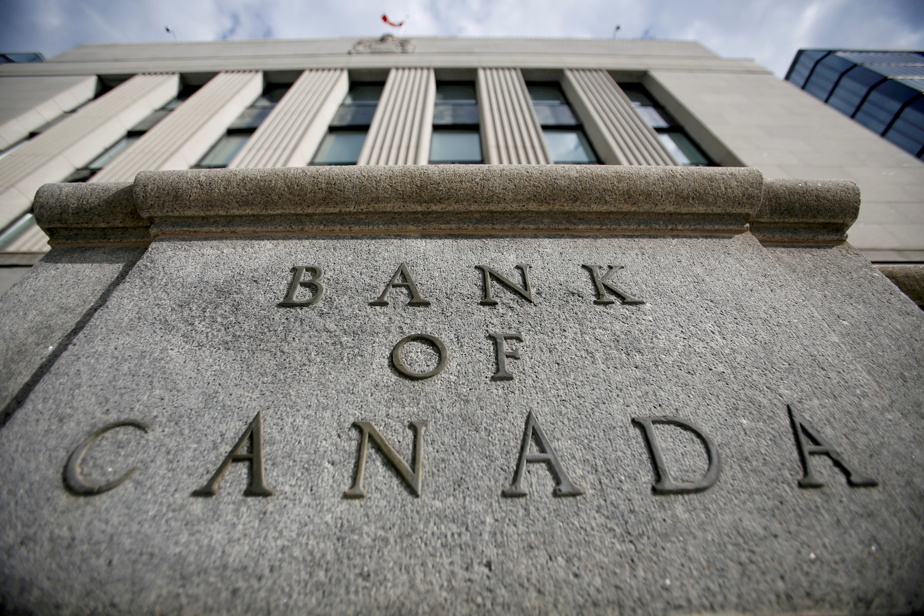(Ottawa) Federal officials’ apparent indifference to the impact of central bank actions on public debt management, as shown in internal documents, is about to be tested as the Bank of Canada prepares to slow the pace of its bond-buying program.
Jordan Press
Canadian Press
The brief note dating back to the end of last year appears to ignore the bond-buying program, despite its unusual effect on debt yields.
The central bank has done its best to keep interest rates at historic lows since the start of the pandemic, including keeping the key rate near zero and buying Federal Reserve bonds at an unprecedented rate in the world. Part of his first foray into the realm of quantitative easing (short for QE).
The Bank of Canada is widely expected to announce Wednesday morning a reduction in its weekly Federal Reserve purchases, along with a new key interest rate decision.
If the central bank withdraws from purchases, the demand for federal bonds will fall and interest rates will rise, which could affect the costs of refinancing billions of dollars in debt owed to the federal government.
According to Scotiabank’s director of financial and economics Rebekah Young, given the debt link, the central bank will need to explain any changes in its bond purchases clearly so that markets don’t have to worry about making decisions to aid the federal finances.
“Markets also need to feel that the central bank is independent, because that is how inflation expectations are anchored,” says El-Sayed.I young man.
“If there is any doubt that the Bank of Canada will maintain its quantitative easing program to keep government funding rates low, it will scare markets who will say to themselves, ‘Well, they are motivated to want to keep public debt fees low,'” the Scotiabank expert analyzes.
Federal debt has jumped sharply since the start of the pandemic as the Treasury pumps billions of dollars into the economy to make up for lost income for workers as well as to support businesses and help them pay salaries and their fixed costs.
With debt set to reach $1.2 trillion by the end of the fiscal year, liberals are looking to fund that debt with long-term bonds in order to take advantage of historically low interest rates.
In a media note dated December 22, the top finance ministry official indicated that debt management should take into account the “risks associated with external changes” to the quantitative easing program, as well as any change linked to the key rate.
The key rate has held steady at 0.25% since the pandemic began more than a year ago, and Central Bank Governor Tev McClem had previously said he did not expect it to rise again before next year.
The lower the rate remains, the more the government will be able to “maintain its gradual approach by securing its debt through the issuance of long-term bonds,” said a page from the presentation accompanying the December 22 memo.
This document, obtained by the Canadian Press under the Access to Information Act, also warns of the importance of being prepared to respond to any unexpected shock.
These tremors can come from different sources, whether it is a new wave of coronavirus cases in the fall or the arrival of new variables that will force re-containment or resume faster-than-expected growth.
According to Elliot Hughes, a former advisor to former Treasury Secretary Bill Morneau and now a senior advisor at Summa Strategies, all these variables may force the Bank of Canada to revise its schedule for a key rate hike.
“I suspect the bank doesn’t want to take a drastic step before it has a really good view of what’s going on in the world,” said Mr. Hughes.
Senior bank executives believe the economy will rebound strongly from this summer even though growth in the first half appears to be slightly weaker than expected.
In a note released Friday, CIBC’s chief economist, Avery Shenfield, said the Bank of Canada likely won’t back down on its promise to keep the key rate unchanged until the second half of 2022.




